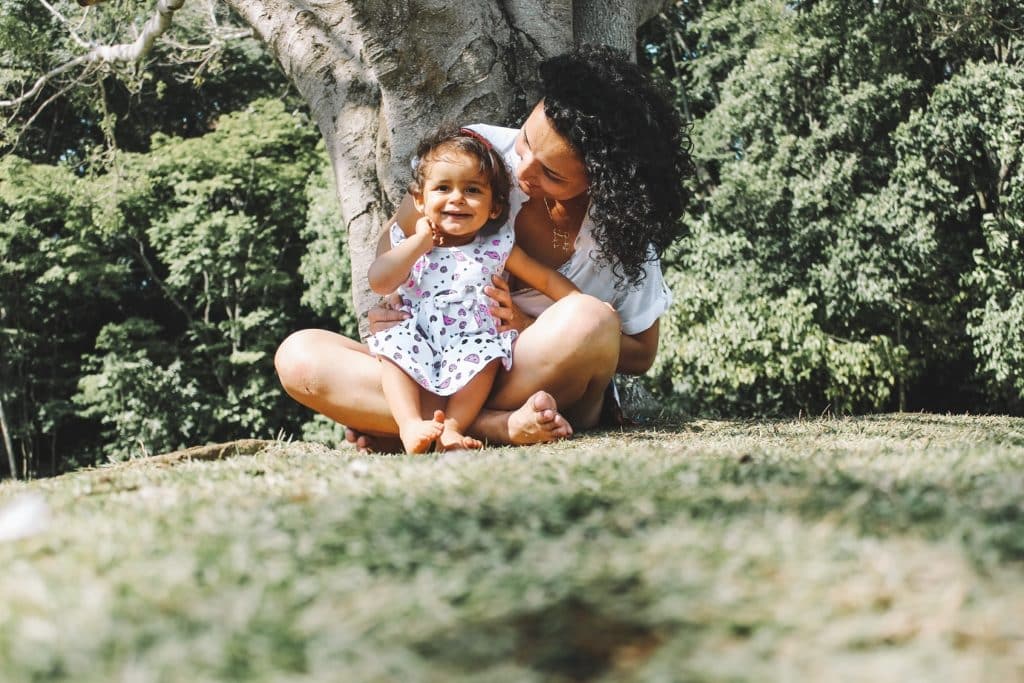Anti-Poverty Week is calling on Federal Parliamentarians to support action to halve child poverty by 2030 and address the one in six children who are currently growing up in poverty.
The one in six stat comes from the latest 2022 ACOSS/UNSW Sydney Poverty & Inequality Partnership Report.
Anti-Poverty Week Executive Director Toni Wren says when children grow up in poverty, it “harms their lives and diminishes their future prospects.”
“Gains from record low employment are being overshadowed by the increased cost of living, especially housing,” she says. “Those left behind are trapped in hardship, including 760,000 children.”
Wren notes that the New Zealand Government has made great progress in decreasing child poverty after they introduced legislation in 2018 that had measurable targets and actions.
Anti-Poverty Week believes Australia could find similar success by taking actions to increase JobSeeker and related payments so that everyone can afford the basics such as rent, food, medication and education.
The diverse network also suggests that Parliament build more social housing and increase Commonwealth Rent Assistance, as well as Review family payments and child support to ensure it’s working. And they say it’s important to restore single parenting payment eligibility until the youngest child turns 16 not 8.
These calls to action align with some recent findings from an analysis undertaken for Anti-Poverty Week by Life Course Centre researchers Dr Alice Campbell and Professor Janeen Baxter of the University of Queensland.
The analysis shows that over the last 20 years, single mothers are at significantly greater risk– more than double– of being in financial hardship than partnered mothers and fathers.
The research shows that financial hardship decreased for single mothers between 2001 and 2006 but began to increase again from 2008 onwards.
In the past 10 years, the proportion of single mothers in financial hardship hasn’t dropped below approximately 30 per cent, except for a brief period when the Coronavirus Supplement was paid.
In 2022, the analysis found that single-parent families reliant on income support payments are 95 per cent more likely to be women– an overwhelming amount.
These mothers are often forced to choose between staying with violence or face poverty and homelessness if they leave a partner.
Many are also more likely to be in private rental and housing stress, are less likely to be receiving regular child support and are owed debts of at least $2 billion.
These statistics reveal a jarring reality and Wren says, “Disturbingly it is government policies since 2000 that have increased child poverty, especially in single-parent families headed by women.”
As for the policies affecting these struggling single-parent households, the Anti-Poverty Week network points to low family payments, increases in housing costs, low rent assistance and an eroding child support system.
The same problems ring true for couple families with children as well, and the research pinpoints areas of support that need to be addressed.
“Over 20 years we’ve learned much more about the consequences of child poverty and also more about what works,” says Wren. “Yet as a nation, we haven’t prioritised our children in policy-making and eroded payments aimed at families and children. The forthcoming Wellbeing Budget should commit to action to halve child poverty.”


